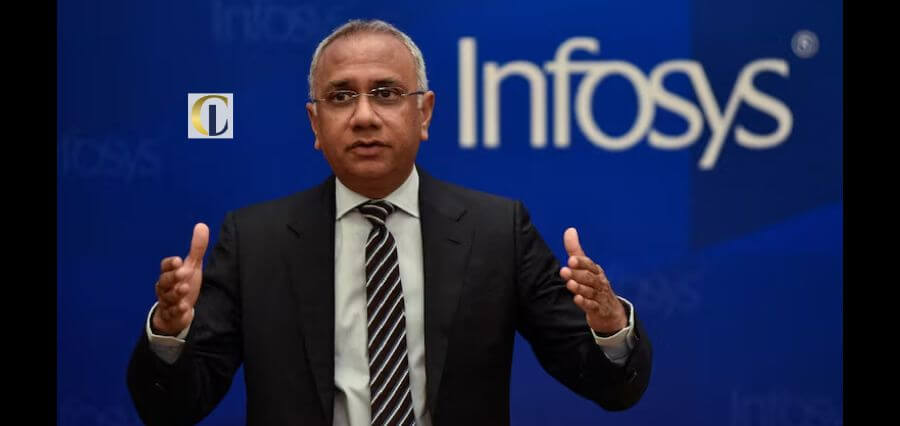A complex set of factors is causing concerns about a potential perfect storm in Asia’s food market. Rice prices have surged to their highest levels in almost 12 years due to India’s rice export ban and adverse weather conditions affecting production and supplies. This trend is raising fears that the scarcity of rice could lead to a broader increase in the prices of other food commodities in the region. The convergence of factors contributing to this concern includes extreme climate events driven by global warming, the re-emergence of El Niño after seven years, Russia’s exit from the Black Sea grain initiative, and trade restrictions in the form of protectionist food policies.
In response to this situation, Qingfeng Zhang from the Asian Development Bank notes that the volatility of global rice prices is a significant concern, and the trend of food price instability is expected to persist in the coming months. While rice prices have surged, overall food prices have decreased about 23% from their peak in March, according to the United Nations’ FAO food price index. Although some Asian countries are net exporters of rice and have stockpiles, the overall situation underscores the importance of preparedness for supply disruptions due to factors like climate change.
Experts point out that high food prices erode purchasing power, and in the past, a 10% increase in domestic food prices in developing Asian countries has pushed millions into poverty. While the current situation may not severely impact most Asian countries, they remain wary of the possibility of disruptions due to a combination of factors, including El Niño-related weather patterns. These concerns highlight the importance of adopting climate-resilient agricultural practices and fostering predictability in food supplies and farmers’ livelihoods.
| Read More: Click Here |








